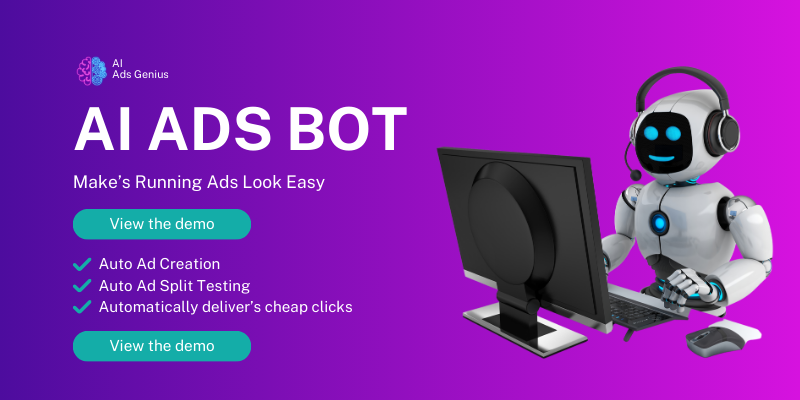Understanding Google Pmax
What is Google Performance Max?
So, let’s dive into what Google Pmax really is. Essentially, it’s a new type of campaign designed to simplify advertising across Google’s diverse platforms. With Pmax, you can optimize ad delivery across channels like Search, Display, YouTube, Gmail, and Maps, all from a single campaign. It’s pretty wild how Google uses machine learning to help target the right audiences automatically.
What I find super interesting is how Pmax allows advertisers to input their goals without needing to micromanage every detail. It’s like handing over the steering wheel to your savvy digital marketing buddy who already knows where you want to go. You just need to set your destination!
It’s crucial to note that while Google Pmax makes many things easier, it still requires a solid understanding of your target audience and the assets you have at hand. And if your assets are a bit sparse? Let’s explore that next.
Asset Requirements for Google Pmax
What Counts as an Asset?
When using Pmax, you’ll need a variety of assets to create impactful ads. These assets can be images, headlines, descriptions, and even videos. Think of these as the building blocks of your ads! The more diverse your portfolio of assets, the better the campaign can perform.
However, in my experience, it’s not just about having a ton of assets; quality matters too. A small library with high-quality images and engaging headlines can outperform a larger one filled with mediocre content. Just focus on what you have and how to highlight it effectively.
Sometimes, straightforward might be the best approach. If you have a solid image, a catchy tagline, and a well-crafted description, you might have all you need to make your ads shine. Keep it simple, but impactful.
Maximizing Performance with Limited Assets
Getting Creative with Your Assets
Having a small asset library doesn’t mean you’re out of luck. This is where creativity comes into play! You can repurpose existing images or create variations to make them feel fresh. A slight tweak in color or a different crop can give a whole new vibe to an old image.
Perhaps even try mixing and matching your current assets to create new combinations. One catchy image with different headlines can result in multiple ad variations, all while keeping your library size manageable. Don’t underestimate the power of a little creativity in your ad campaigns!
Plus, don’t shy away from experimenting with formats. If you have a killer image, why not try a video slideshow? This does not require a full video production setup and can drive engagement with the right content.
Monitoring and Adjusting Your Campaign
Why Monitoring is Key
Just setting up your campaign isn’t the final step; it’s just the beginning! Monitoring performance is crucial. You should look at engagement metrics to see which ads resonate best with audiences. Google provides robust analytics, so use them to your advantage.
From my personal experience, keeping an eye on click-through rates, impressions, and conversion metrics can help you identify what’s working and what’s not. If something isn’t performing well, don’t hesitate to swap out assets or adjust your messaging.
Learning from your data allows your small asset library to punch above its weight. Being proactive about changes—whether that’s tweaking your creative or changing your targeting—can lead to better results over time. You’ve got to stay on your toes!
Embracing the Challenge
Making the Most of Your Small Asset Library
So, is it possible to make Google Pmax work with a limited asset library? Absolutely! It’s all about embracing the challenge with the right mindset. I’ve walked this path, and I’ve learned that constraints can actually lead to innovative solutions.
Rather than viewing your small library as a limitation, consider it a chance to focus your creative energy and make what you have truly shine. Highlight your strengths—maybe there’s a particular image that resonates well with your brand, so let’s give it a spotlight!
The key takeaway here is that success in digital marketing isn’t solely about the quantity of assets but how strategically you utilize whatever you have. Dive in, have fun with it, and remember that every campaign is a learning experience!
FAQ
1. Can I effectively use Google Pmax with a small asset library?
Yes, you can! Even a small asset library can work well if you focus on quality and creativity in your ad design.
2. What types of assets should I include in my Google Pmax campaign?
Your campaign should ideally include a mix of images, headlines, and descriptions, and videos if possible, to maximize engagement across platforms.
3. How can I monitor the performance of my Google Pmax campaigns?
You should regularly check metrics like impressions, click-through rates, and conversions using Google’s analytics. This data will help you make informed adjustments.
4. What if my assets aren’t performing well?
If your assets are underperforming, consider updating them. Swap out images, tweak headlines, or test different target audiences to see what resonates better.
5. Is creativity important when using Google Pmax with fewer assets?
Absolutely! Creativity is key in maximizing the impact of your campaigns, especially when working with a limited set of assets. Think outside the box!

